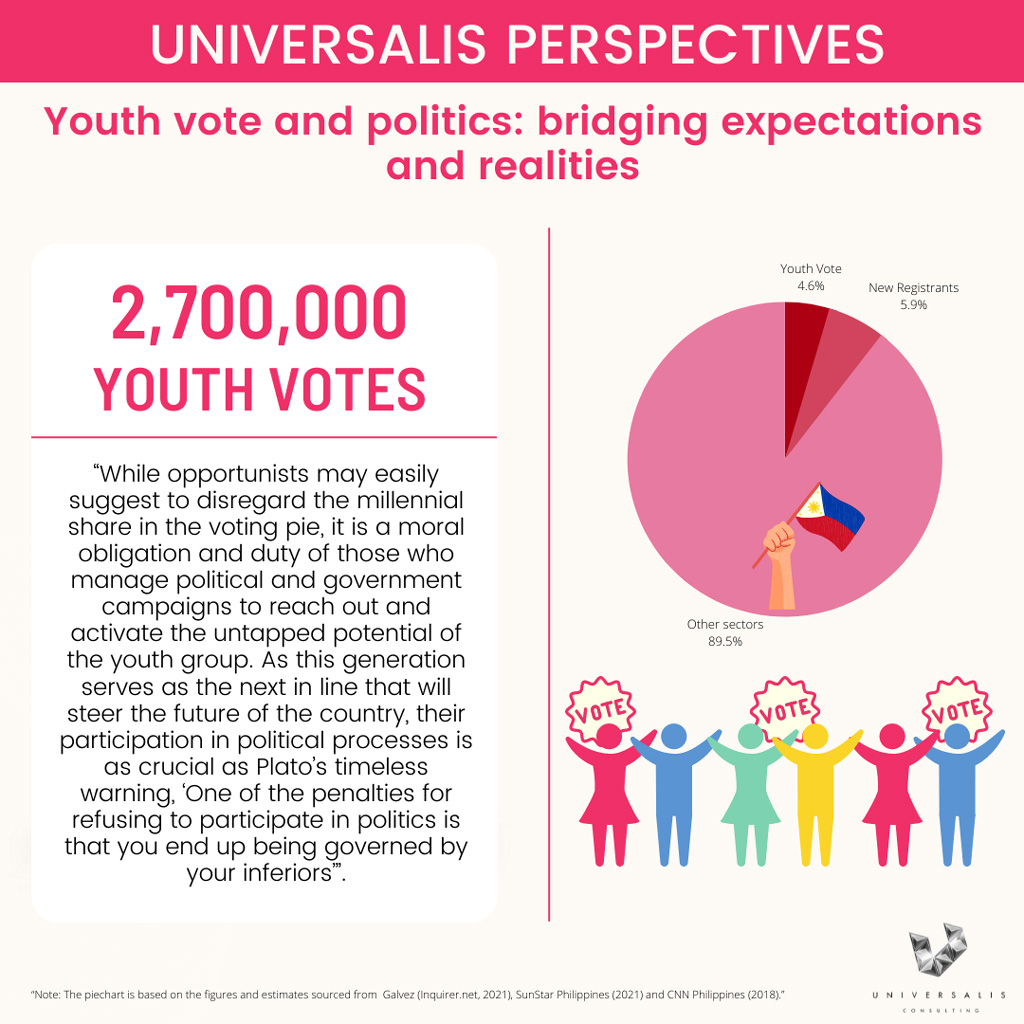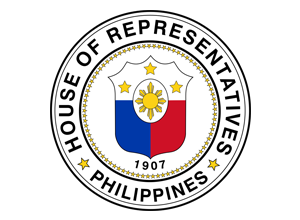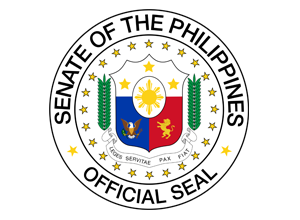Universalis Perspectives: Youth vote and politics – bridging expectations and realities
As early as April this year, several clamors from supporters were reported as they convince various political personalities to vouch for presidency. Among these personalities include the President’s daughter and assistant-turned-senator, the current Vice President, few senators, and the nominated candidates of a recently formed opposition bloc from the civil society. Five months away from the filing of candidacy date, the country must expect more episodes of political circus from various political parties and factions.
While political operators and strategists are now occupied on gearing for the upcoming campaign season, the country’s Commission on Elections is also exhausting all possible options and avenues to convince the Filipino populace to register, particularly the youth sector. As frequently parroted by teachers and civil society leaders, Dr. Jose Rizal – the country’s national hero – left us this famous remark, “Ang kabataan ang pag-asa ng bayan”. Such optimism was adopted inside civil society and government circles. With the latest census noting that Filipino millennials consist 33% of the voting population in 2019, Comelec Commissioner Rowena Guanzon has been constantly appealing to the Filipino youth to register for the upcoming elections before the deadline on 30 September of this year. However, latest reports still present a turnout lower than the targeted numbers.
At present, the Commission on Elections recorded a total of 59 million voters for 2022. An approximate of 3.5 million new registrants was recently reported. Early 2019 predictions estimate that 2.7 million voters will come from the youth sector – a possible gamechanger. Comparing these numbers to some bailiwick populations, the expected youth vote is almost the same size of the Pangasinan and Cebu provinces (both around more than 2.9 million) and almost half of the Bicol region population (around more than 5.8 million) (These figures are based on the 2015 census of the Philippine Statistics Authority). However, such number is a conservative estimate. In fact, a certain columnist and consultant generously claimed that the youth group is composed of around 10 million individuals!
From this perspective, understanding the youth vote dictates that we should account the political behavior of two age groups: millennials and the so-called Generation Z (Gen Zs). The Pew Research Center defined the millennial generation as composed of persons who are born from 1981-1996, while Gen Zs are those who existed from 1997 onwards. Based on this simple definition, millennial voters for the 2022 national elections will range from 26 to 41 years old, while Gen Z voters belong to the age range of 18-25.
However, while optimism is present as we view the role of millennials in the elected offices, an opposite scenario is lingering in terms of both the millennial and Gen Z voting populace. In a 2019 survey report of Deloitte Philippines, results presented that political leaders are the most distrusted personalities of Filipino millennials. Respondents also expressed pessimism on the possibility of political leaders to deliver positive social transformation. Such is not an isolated phenomenon. Globally, the millennial age group is observed as apathetic and political indifferent. As noted by Filipino political scientist Cleve Arguelles, millennials around the globe are characterized by their lack of interest on civic and electoral participation, and skepticism to institutions, political parties, and political personalities. Meanwhile, as lamented by a 2019 FEU Public Policy Center survey, Gen Z respondents portrayed similar apathy towards some of the country’s burning socio-political issues despite the fact that this is the generation exposed to a lot of information.

Pages: 1 2


